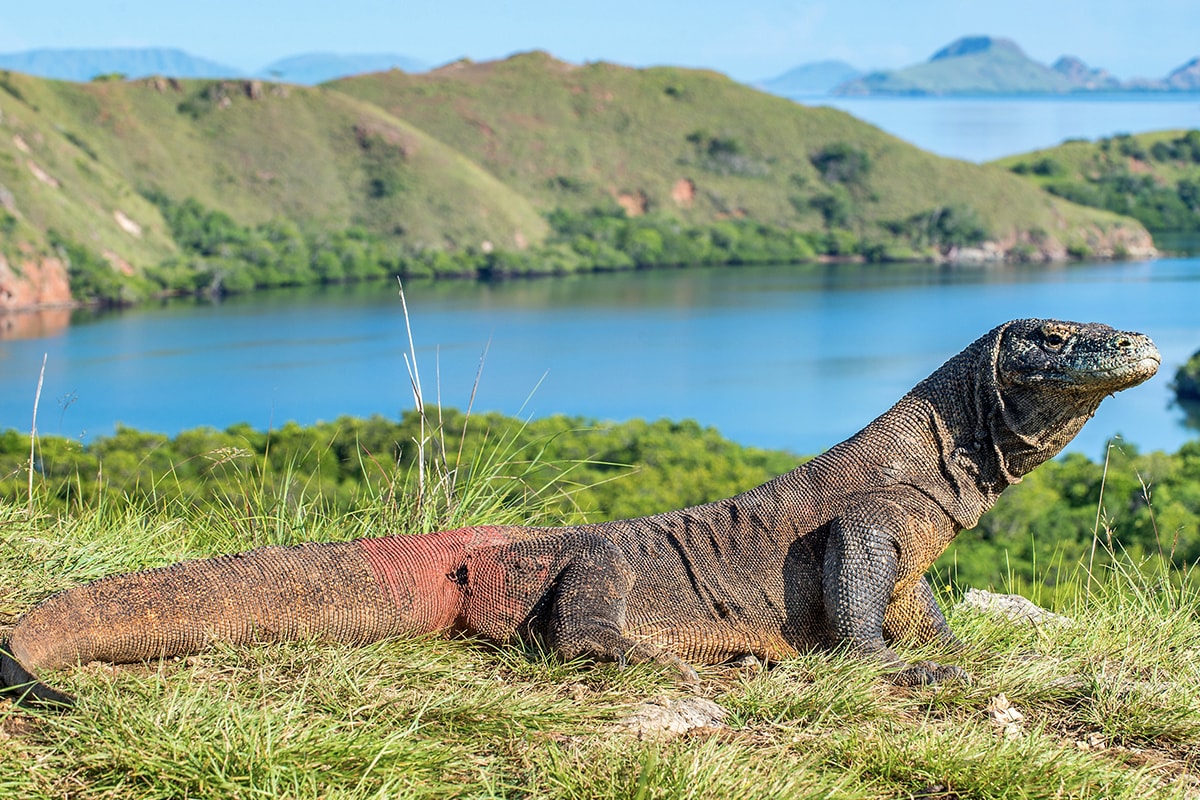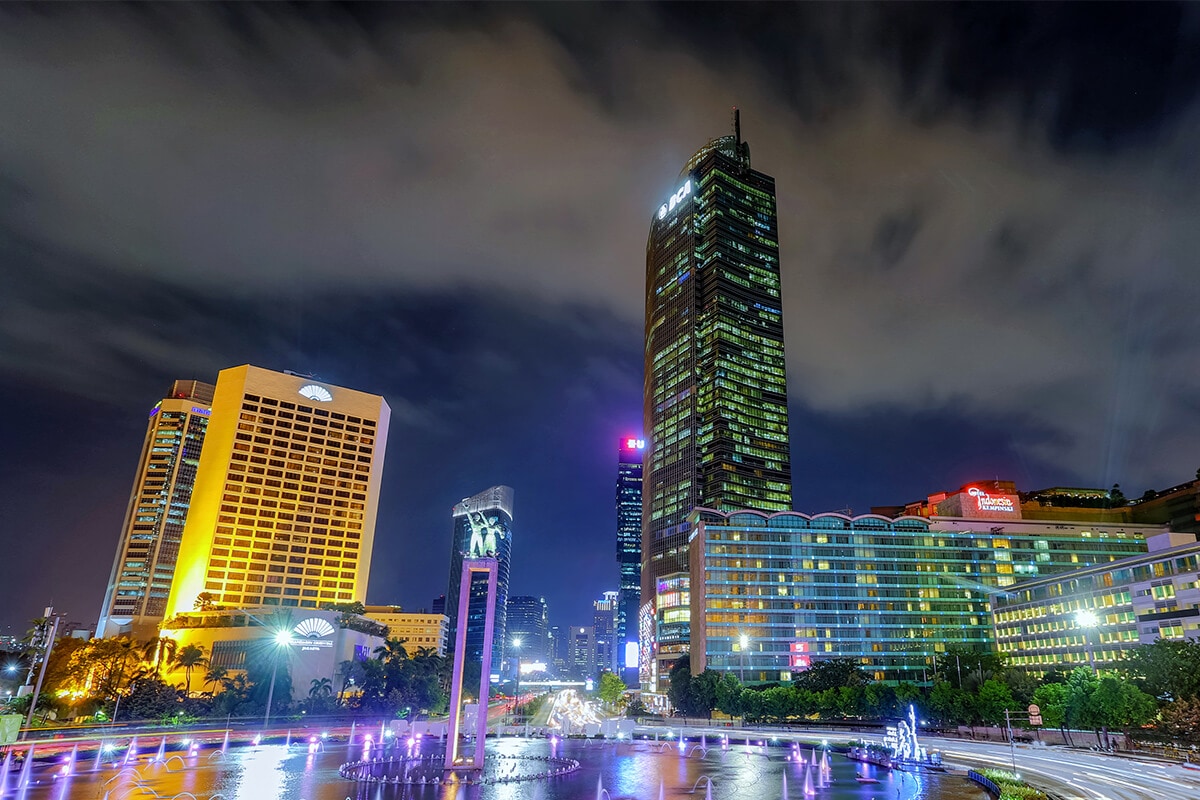Investment
Natural Resources
Indonesia's Agriculture, Natural Resources, and Environment Sector Assessment
Natural resources are defined as components or functions of nature that occur naturally and have an economic benefit. They include raw materials, the area, the function and the quality of components of the environment such as soil, air and water or genetic diversity. Additionally, natural resources are often divided into renewables and non-renewables. Non-renewable natural resources are only available for a certain period. This means that consuming a certain amount will result in these resources becoming unavailable at a later date. On the other hand, the stock of renewable natural resources can regrow over a period of time.
Indonesia relies on their natural resources
The value of non-renewable resources is predominantly determined by the relative scarcity of the resource in combination with its exploitability for industrial use. This means that the natural resources that can be found on the territory of a state often decide its position in the global economy and thus its political influence. However, industrialized countries are less dependent on natural resources for their wealth because they have more infrastructure capital. Given its economic situation, Indonesia depends on the depletion of natural resources. Thanks to its geological location and large surface area, Indonesia is very rich in resources. It can produce a large variety of minerals at a very high level. To a large extend, the gas and oil reserves are increasingly used for Indonesia’s own economy. Therefore, among other reasons, the value of crude oil and gas exports has decreased in the past years.
The Ocean
Being a well known marine nation, another pertinent Indonesian resource is the ocean. “The country’s waters support over 3,000 species of bony fishes and more than 850 sharks, rays and chimaeras,” and the fishing industry employs roughly 12 million Indonesians. Despite the many benefits of fishing, avoiding the exploitation and loss of fish needs to be a significant area of focus.
Indonesia's oil and gas sector
Indonesia had a proven amount of oil reserves of approximately 2.5 billion barrels in 2019, while only producing approximately 0.3 billion billion barrels of crude oil in the year 2018. As an archipelago with over 17,000 islands, Indonesia faces difficulties in reaching and exploiting their oil reserves. The same applies to the natural gas reserves. Coal production on the other hand requires less complex and less expensive extraction methods, making it more economically valuable to Indonesia. Thanks to this and its geographic location close to emerging markets like India and China, Indonesia gradually increased their coal production in the past 20 years.
The mining sector is on the rise
Minerals are becoming increasingly important for a large variety of industries especially in the electronics sector. In 2014, the Indonesian government implemented a ban on exports of unprocessed minerals hoping to subsidize producing industries in Indonesia. The most important minerals found and produced in Indonesia are tin, bauxite, nickel, gold and copper.
The Indonesian economy possesses sound fundamentals of social stability, strong domestic demand for goods and services, steadily increasing foreign reserves (just under $139. billion in March 2022), and stable prices with moderate-to-low inflation, although non-core inflation has incrementally risen during the first half of 2022. However, persistent trade and investment barriers driven by protectionist sentiment, persistent and pervasive corruption, poor infrastructure, inconsistent interpretation and enforcement of laws, and labor rigidity continue to inhibit greater levels of economic growth and prosperity.
Despite increasing food crop production, food security is challenged in the medium term by declining irrigation and logistics chain infrastructure. Food security would also be enhanced through an increase of higher value cropping, greater commercialization, and allowing land leasing to gain economies of scale in farm sizes, and facilitating re-investment by small farmers.
The government of Indonesia’s 2015–2019 National Medium-Term Development Plan (RPJMN) highlights two distinct roles of the agriculture sector which are to (i) increase rice production for food security, and (ii) develop higher value cropping to improve rural livelihoods.
SERVICE
Business SetupEPC Service
Sales Support
Market Analysis
Business Matchmaking
Product Regristration
INVESTMENT OUTLOOK
Business LocationBusiness Opportunity
Economic Growth
Political Stability
Domestic Market
Natural Resources
Demographic
Destination


 MULTIVESTINDO
MULTIVESTINDO